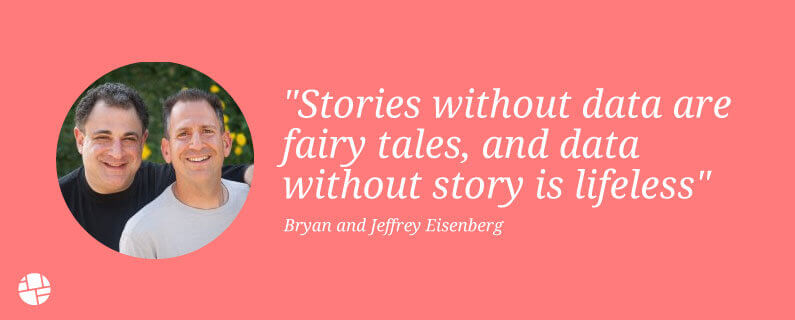Mobile Retail Apps: Designing a Better Experience
Consumers have made clear their preferences for mobile shopping and brands need to invest serious energy into the strategies driving their retail apps.
Read the full transcript
In North American mobile apps are relatively slow to adapt when it comes to eCommerce unless you’re an Amazon, but if we look at our customers around the world, especially in Asia and in South America, not only does 60% of the traffic is mobile, 60% of the traffic comes from mobile apps, and 60% or even more sometimes of the revenue comes from mobile apps.
The two major advantages of having a mobile app play is the ability to know the location of the user, whether in the background or when they use the app, and the ability to do push notifications, but realistically we have seen a lot of retailers abuse the push notification methodology and just pushing you like a 20% discount every week.
At one point you’re gonna get notification fatigue and you’re just gonna remove your notifications and then they lost an important channel to have a conversation with you, so I would actually encourage our customers to send less notifications of higher value to get the right notification at the right time to generate value, and this is where tying it all together, tying CRM with web with email and then in the app, this is how we create the most values for our customers when they have an app strategy.
Mobile apps are critical for eCommerce.
In Asia and South America, not only does 60% of traffic come from mobile but mobile apps, specifically. This is also largely where revenue can be tied back to in these regions.
And even though mobile apps have been widely adopted in North America, unless you’re Amazon, others have been relatively slow to move into mobile commerce. In fact, 9/10 shoppers feel as though mobile shopping experiences can be improved.
Be it that the average smartphone owner only uses 9 apps per day, and those typically consist of social networks, Google and utilitarian apps such as maps and messaging apps, it’s a dog eat dog world out there in the land of mobile app acquisition and usage.
But if this past BFCM is any indicator of the increasing dominance, performance, and preference of in-app experiences, online retailers need to invest serious energy in the mobile app arena if they don’t want to be left behind…
According to Criteo, mobile accounted for 40.6% of all sales over the course of what is now being called “Black Thanksgiving,” the time between Black Friday and Cyber Monday. Experts in mobile, Button, released platform data showing time spent in apps increased by 167% on BF, peaking with a 194% uptick on CM — on which day average order value was 14% higher in-app than mobile web.
With a surge of app installs and rising in-app purchase conversion rates, consumers have made clear their preferences for mobile shopping.
Common Exploitations of an Intimate Opportunity
A few major advantages of the mobile app is one, the ability to know the location of the user and two, the ability to enable push notifications. Though, realistically, many retailers abuse the push notification methodology, simply using it to push weekly discounts.
But brands beware, because much like banner blindness and email fatigue, at some point, consumers will get fed up and turn off your notifications, closing an important channel for conversation. Worse, you might end up contributing to the 71% of app users who opt to uninstall in the face of non-personalized and irrelevant messages.
Don’t become a statistic.
App Strategies that Deliver Value
Push notifications at lesser intervals and of higher value is the name of the game in terms of generating real value. It’s the age-old phrase right message at the right time made possible by joining together and connecting CRM with web and email in order to personalize the in-app experience in a way that provides actual utility to consumers.
A business should customize its messages around key events, leveraging all available customer data to communicate things such as important reminders, products left in an abandoned cart, recommended content, and targeted promotions.
“Personalizing mobile app experiences is the cornerstone of delighting your most valuable users,” said Omri Mendelevich, CTO of Dynamic Yield.
For more on retail brands can use push notifications to their advantage, read this in-depth post.

 Here's Why Your Customers Are Tuning You Out
Here's Why Your Customers Are Tuning You Out


